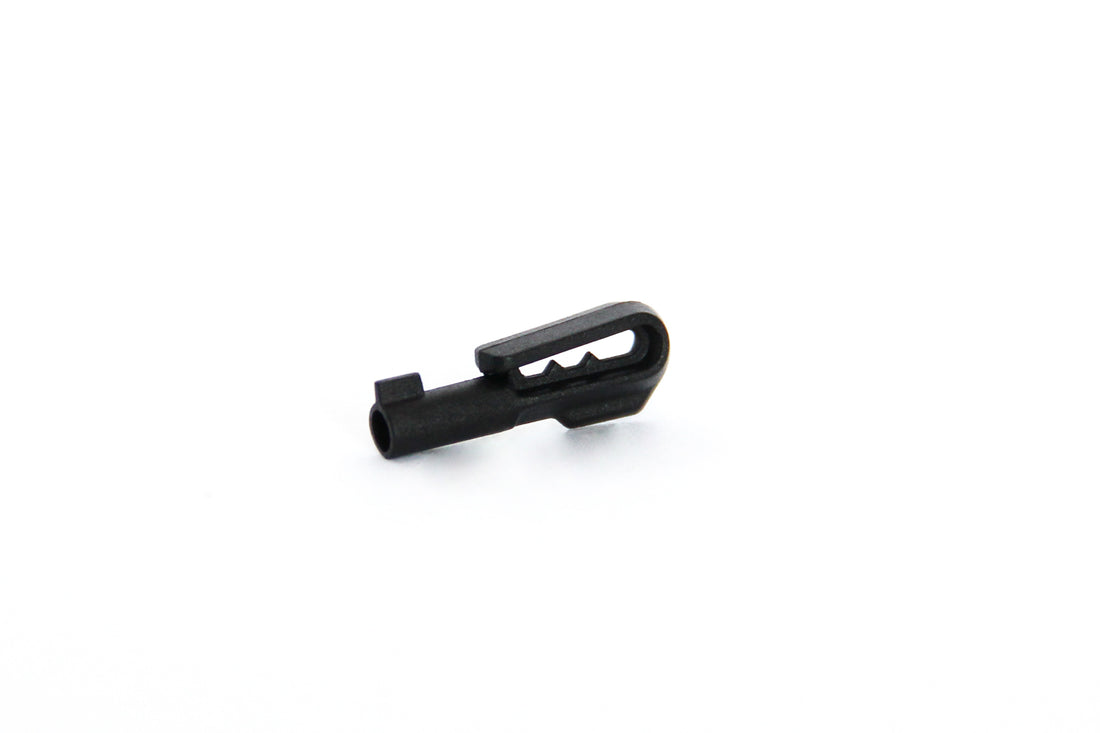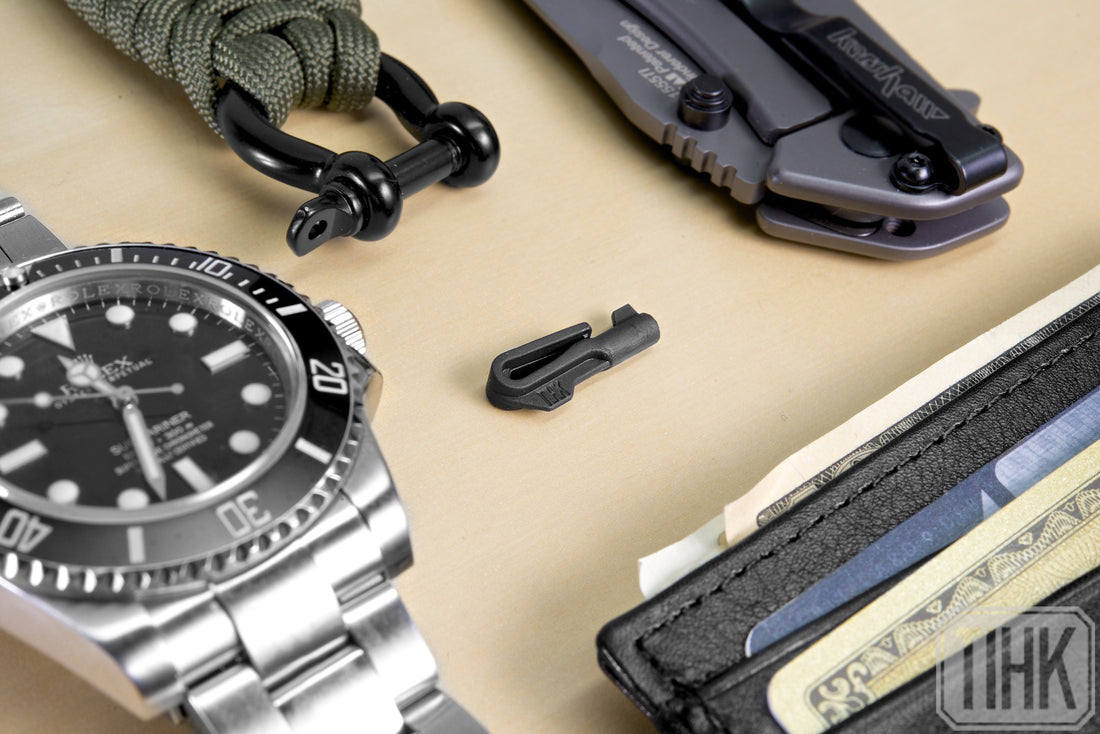Blog
Is it Illegal to Own a Handcuff Key?
What Kinds of Handcuff Keys Are There?
What Types of Handcuffs Are There?
Are All Handcuff Keys Universal?
How Do Handcuff Keys Work?
What is a Handcuff Key?
You Should be Carrying a Handcuff Key: 7 Reasons Why
Prepare Dad for Anything With These 5 Survival Tools
What is a Bona Fide Locksmith?
Choosing the Best EDC For You
Lock Pick Legality
How to Cut Through (Just About) Anything












